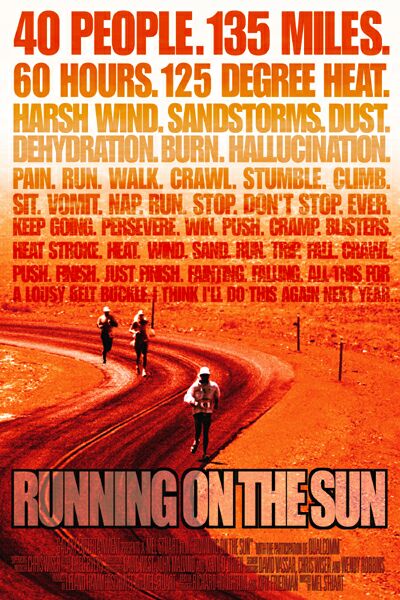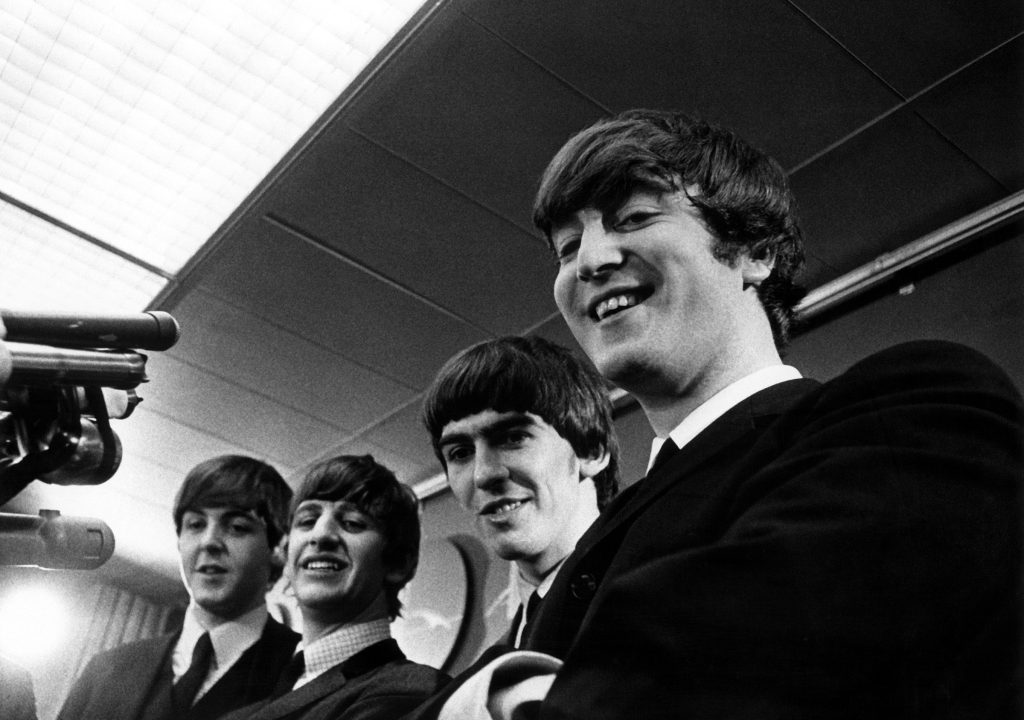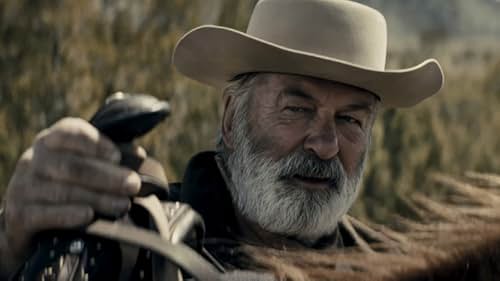“Running on the Sun: The Badwater 135” is more than just a documentary about a race; it is a profound exploration of human endurance, resilience, and the unyielding spirit of adventure. Directed by the seasoned filmmaker Mel Stuart, this film offers a captivating glimpse into one of the most grueling marathons on Earth, following 13 participants as they trek 135 miles across Death Valley and up Mount Whitney. With its mix of compelling personalities, breathtaking landscapes, and vivid depictions of both agony and ecstasy, “Running on the Sun” is a must-watch for anyone fascinated by the limits of human capability.
A Glimpse into the Race
The Badwater 135 is not just a race; it is a test of human endurance against some of the harshest conditions on the planet. With temperatures soaring up to 115 degrees Fahrenheit and participants facing pain, nausea, hallucinations, and gruesome blisters, the race is as much a mental challenge as it is a physical one. Stuart’s documentary captures the essence of this extreme event, focusing on the participants’ personal journeys and the cooperative spirit that drives them forward.
One of the most striking aspects of the film is its portrayal of the participants. Among them are two men who lost limbs to land mines, yet they push themselves through the race with unwavering determination. The film provides little background on the race itself, instead allowing the stories of these individuals to take center stage. Their resilience and the camaraderie they share create a powerful narrative that goes beyond the competitive nature of the event.
Directorial Style and Visual Language
Mel Stuart’s directorial style is both intimate and immersive. He uses a mix of close-up shots and wide-angle landscapes to convey the sheer scale of the challenge and the personal struggles of the participants. The film’s cinematography is particularly noteworthy, capturing the stark beauty of Death Valley and the towering majesty of Mount Whitney. The use of natural light and the contrasting colors of the desert landscape create a visually stunning experience that complements the narrative.
The film’s pacing is well-balanced, allowing viewers to fully engage with the participants’ stories without feeling overwhelmed by the intensity of the race. Stuart’s editing choices ensure that the film maintains a steady rhythm, reflecting the relentless nature of the marathon. The documentary’s score, while subtle, adds an emotional depth to the visuals, enhancing the overall viewing experience.
Performance and Personal Stories
The performances in “Running on the Sun” are raw and unfiltered. The participants, many of whom are not professional actors, bring an authenticity to the screen that is both compelling and moving. Their stories of overcoming adversity and pushing their limits resonate deeply with viewers, making the film more than just a sports documentary.
One standout moment is the interaction between the participants and their support crews. The film captures the emotional and physical toll of the race, highlighting the importance of teamwork and mutual support. The participants’ determination and the support crews’ dedication create a powerful dynamic that underscores the film’s central theme of endurance.
Themes and Cultural Significance
“Running on the Sun” explores themes of resilience, perseverance, and the human spirit. The film highlights the participants’ diverse backgrounds and motivations, showcasing the universal appeal of pushing oneself to the limit. It also touches on the broader cultural significance of endurance sports, questioning what drives individuals to undertake such extreme challenges.
The documentary serves as a reminder that the true value of such events lies not in winning but in the journey itself. The participants’ stories challenge conventional notions of success and failure, offering a refreshing perspective on the meaning of achievement.
Personal Reflections and Final Thoughts
Watching “Running on the Sun” was an eye-opening experience. The film’s ability to capture the essence of the Badwater 135 race and the personal journeys of its participants is both captivating and inspiring. While the race itself is the central focus, the film’s true strength lies in its portrayal of the human spirit and the unyielding drive to overcome adversity.
One of the most memorable aspects of the film is its ability to evoke a sense of awe and respect for the participants’ achievements. The documentary’s intimate portrayal of their struggles and triumphs makes it easy to connect with the individuals on screen, even for those who may not be familiar with the world of endurance sports.
In conclusion, “Running on the Sun: The Badwater 135” is a powerful and inspiring documentary that offers a unique glimpse into the world of extreme endurance. With its compelling storytelling, stunning visuals, and authentic performances, the film is a testament to the resilience and determination of the human spirit. Whether you are a fan of sports documentaries or simply someone looking for an inspiring story, “Running on the Sun” is a film that will leave you both moved and motivated.





